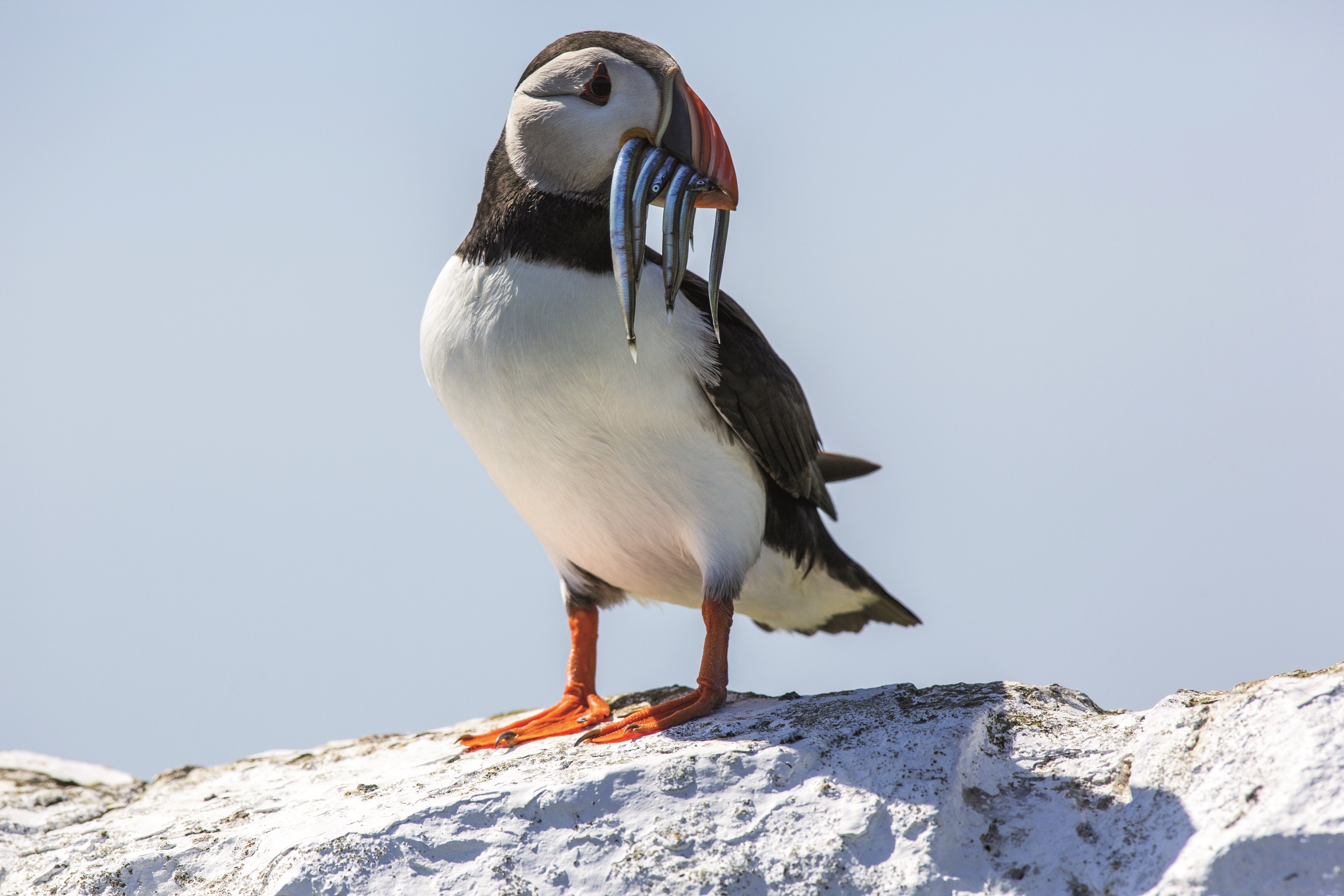We're tackling the climate and biodiversity crises simultaneously.
While accelerating towards net zero by developing and operating renewable energy assets, we're aware of the responsibility on us, as a responsible and sustainable developer, to build and maintain our sites in harmony with nature.
At the core of our approach to protecting the natural environment is ensuring that we continue to meet our legal and regulatory requirements, protecting the environment through all phases, from development through to asset management (operations) and decommissioning.
Details of our environmental management performance for FY 2023/24 can be found in our Sustainability Report by clicking below.
Biodiversity Net Gain
In 2022, we published our 10-point plan for Biodiversity Net Gain (BNG) within our ‘Positive for the Planet’ report which is shown below.
Our BNG Toolkits
Alongside this report and plan, we published two BNG Toolkits so that others can review our approach, implement it on their own projects and so that we can evolve a consistent methodology for quantifying BNG together across the sector.
Every development site has an intrinsic 'biodiversity value', which is determined by a wide range of factors including the type, condition and area of a habitat.
By quantifying the biodiversity value of a site before and after development, we can assess the impact that activities have had on the biodiversity value, whether positive or negative, and understand the most effective ways of mitigating biodiversity losses and enhancing biodiversity gains.
Avoiding impacts on biodiversity where possible and meeting all legal requirements on species, habitats and designated sites. | ||
|---|---|---|
| + | + | + |
| Post-development units are 95-104% of the pre-development units | Post-development units are 105-109% of the pre-development units | Post-development units are >110% of the pre-development units |
| = | = | = |
| No Net Loss | Biodiversity Net Gain | Significant Biodiversity Net Gain |
A site is deemed to have achieved BNG if the number of Biodiversity Units post-development is greater than 105% of the baseline biodiversity value, and a Significant BNG if it has achieved 110% or above.
We remain committed to the SSE Group-wide targets on biodiversity No Net Loss (NNL) from 2023 and Biodiversity Net Gain (BNG) from 2025 on newly consented onshore projects.
Strategic value from our leadership in renewables on BNG is also continuing, from policy influence on the development of a Scottish BNG metric utilising our sector-leading BNG toolkits, to supporting consenting in jurisdictions where BNG has already become mandatory.
Our toolkits and helpful User Guide are available to download below.
The Optioneering Toolkit is intended to facilitate site comparison and the Project Toolkit is intended to help facilitate baseline and BNG assessments.
Note: We are pleased to provide our toolkits for your use and welcome your feedback and queries on their use. We are also keen to understand how you are using them and in which industries. Please email us at [email protected].

Our Innovative Approach
Innovation will be key to drive nature restoration across our assets and decision-making for our future pipeline.
Recognising this, we have collaborated with research organisations, academia and nature conservation agencies on a range of research projects across our technologies.
This has ranged from puffin monitoring at our offshore assets to peatland restoration at our onshore wind sites, and we are using the findings to directly inform our asset management strategy.
These case studies can be found from page 43 in our Sustainability Report.


